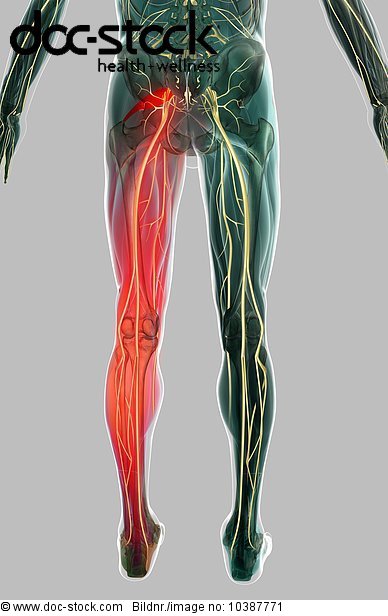

Low interest rates in 1998–99 facilitated an increase in start-up companies. JSTOR ( December 2022) ( Learn how and when to remove this template message).Unsourced material may be challenged and removed. Please help improve this article by adding citations to reliable sources in this section. This section needs additional citations for verification. Historically, the dot-com boom can be seen as similar to a number of other technology-inspired booms of the past including railroads in the 1840s, automobiles in the early 20th century, radio in the 1920s, television in the 1940s, transistor electronics in the 1950s, computer time-sharing in the 1960s, and home computers and biotechnology in the 1980s. Larger companies like Amazon and Cisco Systems lost large portions of their market capitalization, with Cisco losing 80% of its stock value. Others, like, MP3.com and PeopleSound, survived the burst but were acquired. The period coincided with massive growth in Internet adoption, a proliferation of available venture capital, and the rapid growth of valuations in new dot-com startups.īetween 1995 and its peak in March 2000, investments in the NASDAQ composite stock market index rose 800%, only to fall 740% from its peak by October 2002, giving up all its gains during the bubble.ĭuring the dot-com crash, many online shopping companies, notably, Webvan, and Boo.com, as well as several communication companies, such as Worldcom, NorthPoint Communications, and Global Crossing, failed and shut down.

The dot-com bubble (or dot-com boom) was a stock market bubble in the late 1990s. 1997–2003 The NASDAQ Composite index spiked in the late 1990s and then fell sharply as a result of the dot-com bubble.


 0 kommentar(er)
0 kommentar(er)
